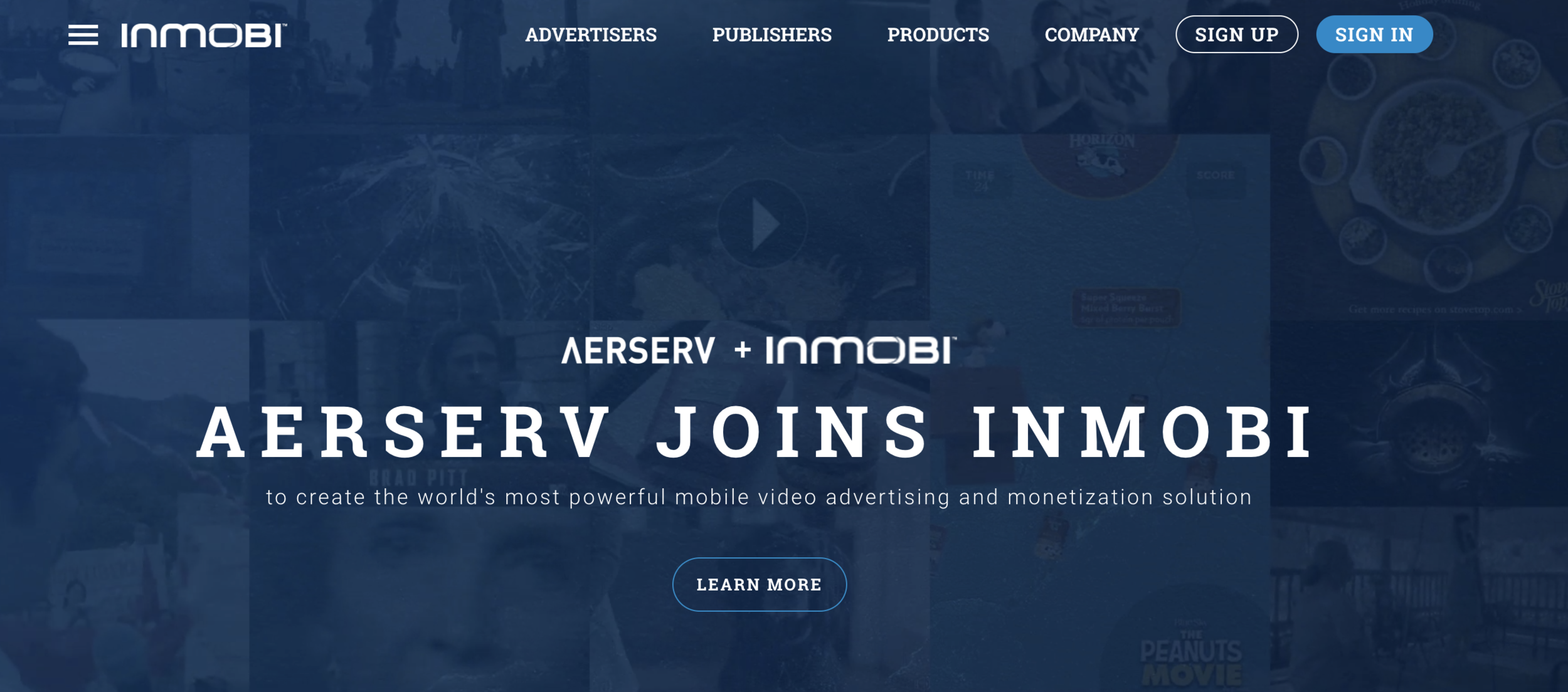Thoughts about the complex G-localization triangle when creating video games for India...
One of the moments that I remember with more affection as a teenager are those games that I used to play in the arcades. At the end of the 80s, the arcades were very popular. It was a paradise for the geek that was brewing inside me. Every Sunday morning my group of friends would stop by my house to pick me up and go play.
Many times I got (literally) out of bed and went straight to th game paradise ...
There I spent great moments as a teenager, and I have the suspicion that if now I work in the video game industry a lot of blame for it has those great video games that I played 25 years ago.
There are many games that gave me hours and hours of fun ... One of them is Street Fighter, I used to play with Blanka, that Brazilian creature; it was a machine to devastate opponents when it released those sparks... And I also remember that there was a "boss" that I had a hard time to defeat him, his name was Dhalsim from India ... and lately, I've been reading and writing about culturalization ... And well, actually I thought that this theme of culturalization was something relatively new...
The culturalization of a video game is to create content that is related to the country it represents, for example, a plate of nachos in a resource management master chef game geo-targeted for Mexico, red colors and oriental details in a game for China, ninja and stylised characters in the video games targeting Japan etc etc; lately I have seen a proliferation of locally adapted content to exploit the monetisation in certain countries. And that's when I realized, that in reality, this practice of adapting content to the country, these best practices of culturalization are nothing new! There I had my Aha moment! In Street Fighter my nemesis was an Indian character!
Street Fighter has 25 years + and already Capcom pros explored the culturalization theme back then! My post this week is dedicated to Dhalsim! and to the video game industry in India.
Because India is a fascinating country full of possibilities ... but It also has a complexity that I would like to explore in this post ... So let's go! A post dedicated to the Indian warrior that killed me so many times in that arcade just around my parent’s house ...
My thoughts on video games about India start with a necessary question.
Why India represents a huge opportunity mid/long term?
I think the Indian giant seems to be sleepy … but it will abruptly wake up one of these days … and when that happens India will be unstoppable
In 2016, global gaming industry clocked up to $100 billion in revenues, but India’s estimated share of $543 million. And if we compared to other countries, for example, Korea, Japan …. India appears to have a modest impact on the overall industry growth. However, the opportunity in this market is huge. India is a huge potential market!
With 1.3 billion citizens, it has plenty of consumers eager for great entertainment experiences. … and one of the keys in my opinion is that India is getting now powerful and affordable devices. Today, India is the second largest online user community. According to CII and TechSci Research, the country’s market is expected to grow as youngsters will add 190 million to the online gamer base by 2021. On top of this India has already taken the lead by Google Play downloads with just 30 percent smartphone penetration rate, as reported by App Annie.
What it’s also really important is that Google found a way to crack in the Indian market with an Android version quite affordable and at the same time powerful enough to run most of the new mobile games.
The digital platform distribution channel seems to be also quite mature and there’s presence in the market via AppStore, Google Play, and even Steam.
Also, some key players in the industry are there, for example, Ubisoft or my old colleagues from EA are there.
So, let’s recap … millions of potential users, Google Android OS powerful enough to move the engine of many games, and giants of the industry with hubs there … so where’s the problem then? Why India contributed with a modest 543 million to a $100 billions industry? Well in my opinion although those 3 facts are encouraging to boost the potential of the Indian market … there are also another 3 facts, another 3 barriers we cannot ignore and somehow is blocking the huge potential of the Indian giant.
Here we go, let me explain the triangle that I think is blocking India from behaving according to the capacity it has as an economic power.
- Payment difficulties.
Monetisation is one of the biggest challenges for the Indian video game industry. Compare to other regions of the world there’s not an easy way to pay for in-game purchases. Games in India usually have good download metrics. But the monetization figures are low. There are several reasons why this may be possible. The penetration rate of credit cards is not very high; another problem is that in India the model of prepaid cards is quite popular and the balance that these cards usually have is not very high. A potential solution to the payment difficulties is the model that has been explored in the last years for companies such as InMobi and POKKT. These companies represent another possibility to overcome the problem of monetizing games due to the payment difficulties ... what a paradox of life ... players who want to spend money on a game they like, but the obstacles are so many that in the end, they give up paying. If advertising platforms such as InMobi or POKKT get a model in which advertising is not very intrusive and does not ruin the gaming experience, this may be a solution.
I have personally played some games in which to recover lives you have to see a video of 30 seconds. And well, although it is not the best solution to have to watch advertising, in the end, what counts is that it does not ruin (much) the gaming experience. And in that sense watching a video when "they kill me" does not seem like a bad option. In the case of InMobi, it is rising like foam! InMobi raised over the US $ 320 million in six rounds of funding! Wow! InMobi might be similar to Google's AdMob to make an analogy that it might be more familiar to many people.
Another possibility is POKKT. POKKT is a well-known platform in the Indian market. It is a mobile advertising & app monetization platform. Their model works through offer-wall & Incentivised video ads
2.Pricing model
In-game purchases quite often are quite expensive as the prices are not fully adapted to the local cost of living. If the pricing is right, and there would be less friction to pay, definitely the number of conversions will aim to the sky! A/B tests here might help to find the sweet spot to measure which the right price for a booster in a game is … because 1$ of someone playing in NY is quite different to 1$ for someone in Pune. Price model analysis and customization are required to overcome this second obstacle.
3. Culturalization.
The other part that it’s important for games to succeed in the Indian market is the capacity that the publishers will have to create content and games appealing to the Indian culture. There are no many Indian games which it might be considered a blockbuster for a western culture, except Ludo King…. Ludo King is the most popular one!Ludo game has 10 Million+ DAU which it’s a very decent metric!
Social Casino games are also quite popular and seem to monetise quite well in India. An example of this is Social Casino (Teen Patti). This game is dominating the grossing charts and growing the revenue. What’s the recipe for success of Teen Patti? Well, I’m not an expert in card games but I believe Octro the company behind Teen Patti managed to culturalize a popular game based on a traditional Indian card games and make a good mobile game with simple but effective core game mechanics and with a good language coverage for different regions (English, Hindi, Marathi, and Gujurati). On top of that it has a massive and interactive leaderboard culture.
The games industry should continue to grow at least for the rest of the decade. That's the latest assessment from Pricewaterhouse Coopers in its newly released Global and Entertainment Media Outlook 2015-2019 report. And I believe that the Indian market will not remain oblivious to this growth, but it is true that it is a complex market where this triangle of complexity, Difficulties, Pricing model and Culturalization will make progress slow... Anyway, I hope the progress is not as slow as the 25 years it took me to realize that I was playing against a fearsome enemy that had been culturalized ... Dhalsim … how many coins you took from my pockets with that message of Play Again! ... and there the monetization was easy 🙂 .. because it took only a few seconds to slide a new coin in that slot that said …Insert Coin...
Best monetization model ever! :)
Have a great week!
@yolocalizo





















This feels like a pivotal moment. Localization teams are being asked to support more markets, move faster, use AI responsibly, and show impact, not just output. Expectations are higher than ever, but many teams are still trained mainly for execution. We are strong at delivering localization work, yet we often struggle to move from output to outcome and to clearly explain the impact of what we do.